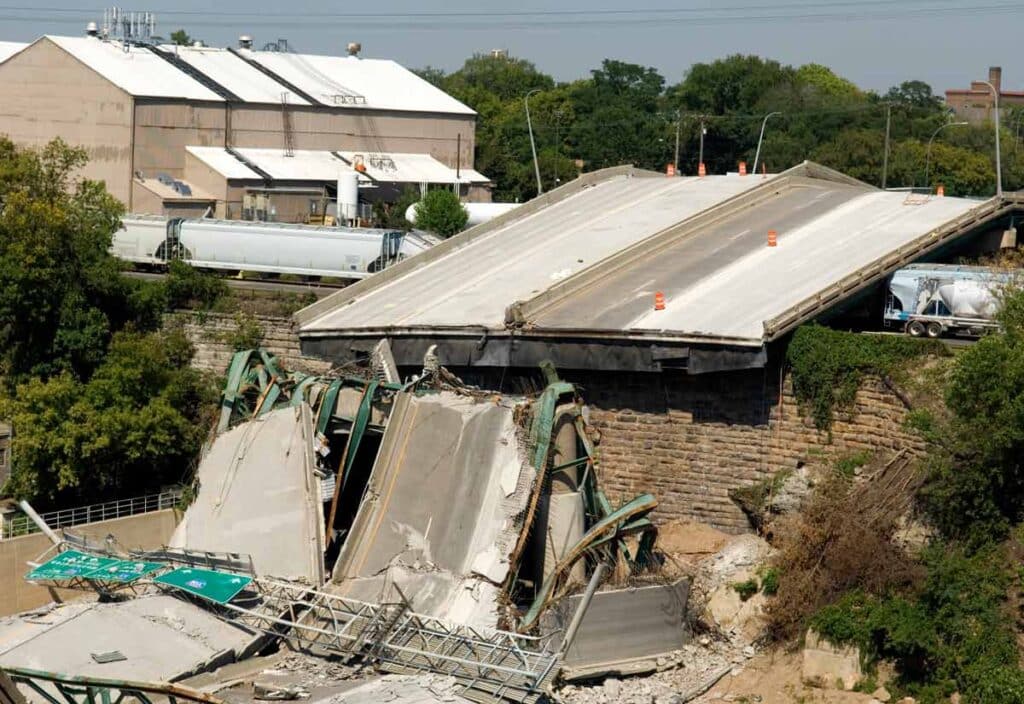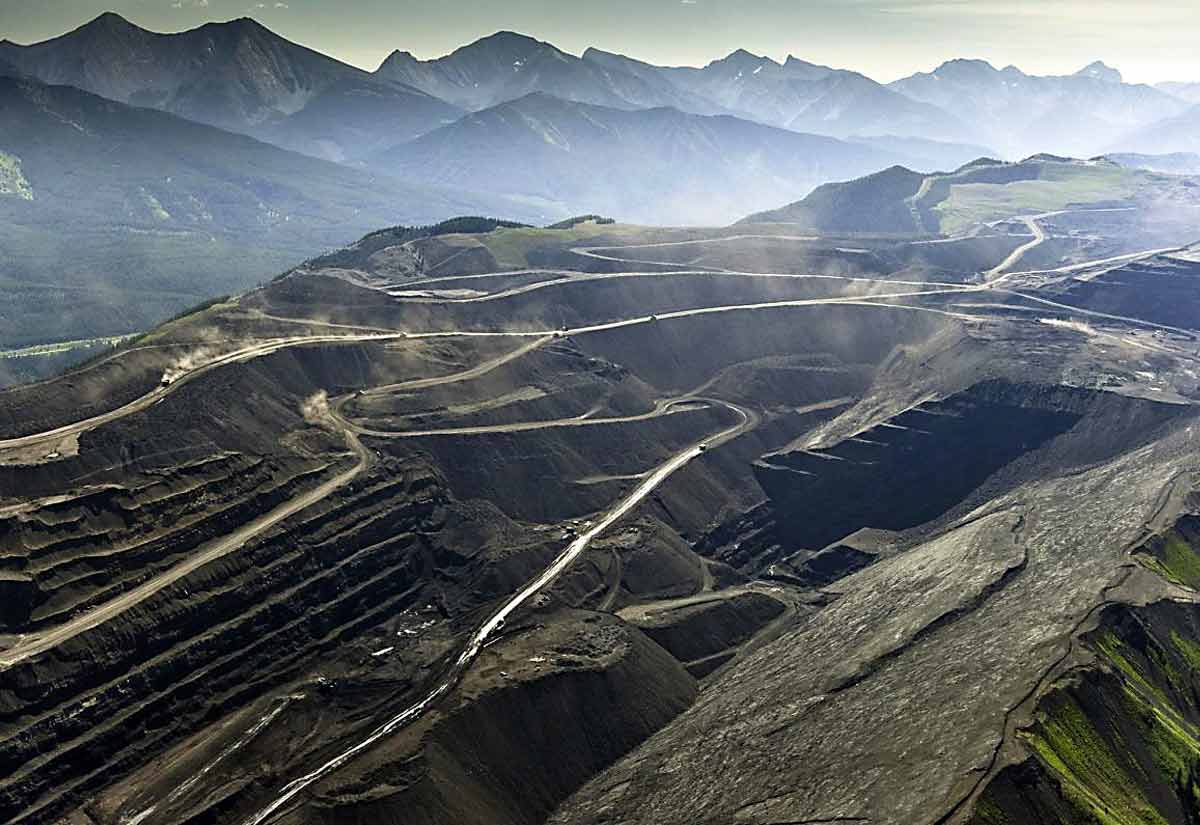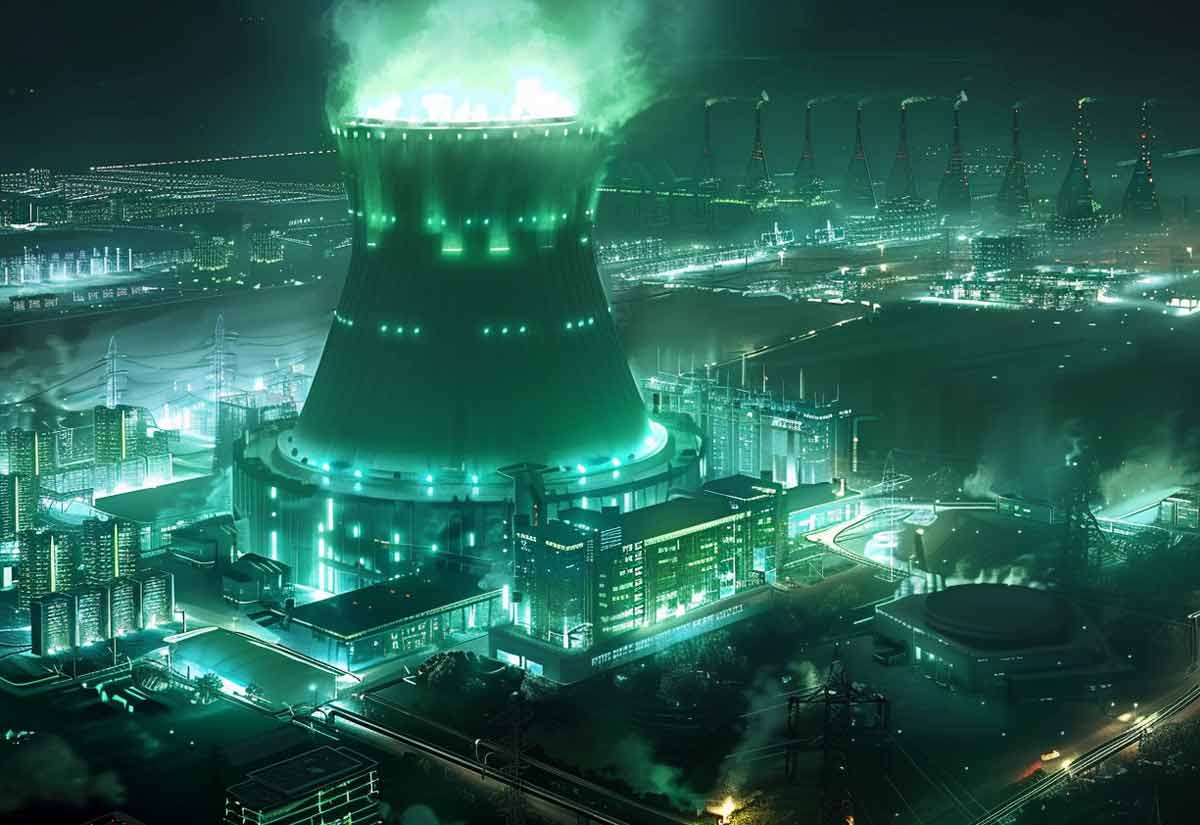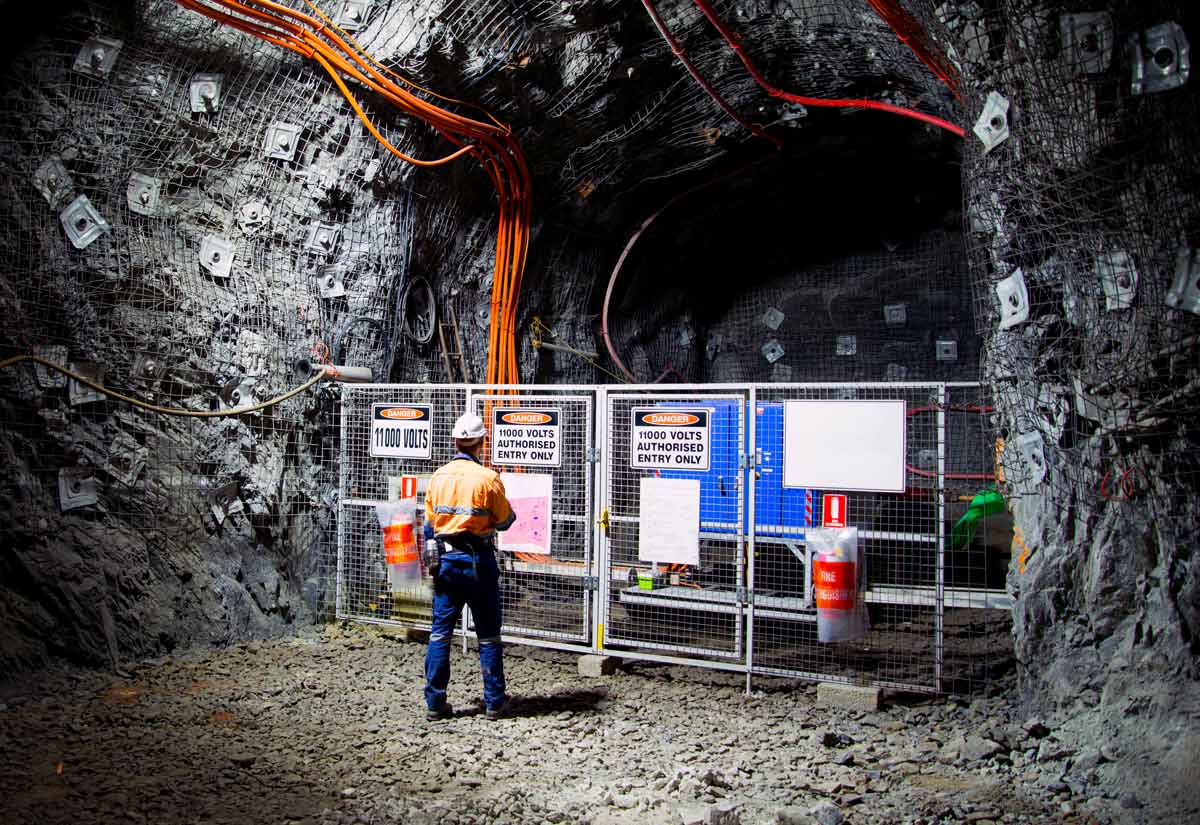The civil construction infrastructure sector is looking at a mass exodus of construction workers, with the Brookings Institute forecasting a yearly exit from the industry at 1.5 million workers per year, every year, over the next decade according to a June 16, 2020 article by Construction Equipment Guide correspondent Lucy Perry.
Industry experts are complaining that Joe Biden’s infrastructure policies, or lack thereof, are contributing more to the ongoing problem of a stagnant construction labor pool that’s quickly drying up in the midst of fierce competition for attracting, recruiting, and retaining smart skilled workers by other industries.
Biden’s mandates to reduce supply chain problems will only add fuel to a construction industry already on fire when it comes to the cost of building and restoring the nation’s crumbling infrastructure. That’s according to the construction economy experts at Associated General Contractors (AGC).
“Nonresidential construction employment shrank by 21,800 in May and was 260,000 below the February 2020 level”- AGC chief economist Ken Simonson.
“Biden’s supply-chain program would limit the ability of workers and employers to fill needed construction positions.”- Stephen E. Sandherr, CEO, Associated General Contractors
How dire is the state of the Union’s Crumbling infrastructure?
According to the American Society of Civil Engineers (ASCE) 2021 report card, the US gets an abysmal C minus, citing some disturbing statistics including:
- An estimated 6 billion gallons of treated water are lost each day in the U.S., enough to fill over 9,000 swimming pools, due to water main breaks that are occurring every two minutes.
- 43% of US public roadways are in poor or mediocre condition and have been that way for decades.
- 42% of all bridges are at least 50 years old yet 178 million trips are made across these structurally deficient bridges every day.
- 46,154, or 7.5% of the nation’s bridges are structurally deficient, meaning they are in “poor” condition.
- At the current rate of infrastructure investment, It will take until 2071 to make all of the repairs that are necessary.
- Further infrastructure deterioration over the next 50 years will become overwhelming.
So It’s not that heavy construction jobs aren’t available. Obviously, there are decades of infrastructure projects ahead. But when it comes to fluctuating labor pools there is no guarantee that the human resource supply will always align with demand.
The reported job openings rate (4.6 percent) from the Bureau of Labor and Statistics (BLS) was the second-highest total for any month since reporting began in December 2000, said AGC economist Simonson. The AGC believes that the Biden administration’s neglect in addressing soaring construction materials prices to focus on labor numbers, mandatory hiring quotas, and training will only add to the cost of doing business in the construction industry overall, and civil infrastructure construction in particular.
Biden’s formula for stimulating the construction industry includes:
- Imposing mandated hiring percentages by locality, in other words, geographic affirmative action that ignores the fact that a local talent pool may not be available in an industry that’s faced ongoing labor shortages for decades now.
- Rigid, inflexible labor agreements that jack up the cost of infrastructure, as we’ve already seen proven time and again in places such as New York, a state that the NY Post points out “gets less bang for its buck” even with a whopping $306 billion in infrastructure spending
- Artificially inflated pay rates similar to New York’s “prevailing wage” laws where trade unions set the rates and costs per project skyrocket by up to 25% when they include matching union rate wages and supplemental benefits for any worker on a public project.
With obstacles such as these it’s obvious why civil construction firms aren’t exactly lining up to bid, as we reported here at Resource Erectors recently when a Minnesota bridge project attracted just two bids from available contractors.
And when it comes to labor management and employment overall, the Biden economy seems to be circling the drain with “surprise” jobless claims and looming inflation, the result of questionable strategies such as killing the Keystone Pipeline and tripling fuel costs across the board.
While the country was averaging just 200,000 new jobless claims per week in 2019, the latest 2021 report shows that jobless claims rose to 412,000 by June, far surpassing the 375,000 from the previous week. That ended six weeks of claims declines, and there was also a “bump” up in continuing claims, according to Mark Hamrick, senior economic analyst at Bankrate in a recent report at Breitbart.
And while Biden was quick to wield his Executive Order authority to kill the Keystone Pipeline on his first day in office, it might take similar lawsuits from another 23 states to move his administration to provide relief for the construction industry. One that will actually build the slew of infrastructure, green energy, and housing projects that the Biden team has on the board.
Biden Ignores “Immediate Relief” Proposals For the Construction Industry
While facing the ongoing challenges of the perpetual stagnant labor pool, the construction sector continues to deal with the challenges imposed by soaring prices for lumber, steel, and aluminum. AGC’s CEO Sandherr summed it up with a statement this week saying:
“The President could provide immediate relief from soaring prices for lumber, steel and aluminum by removing harmful tariffs and quotas. Unfortunately, the President’s recommendations ignore that quick and effective approach.” June 14,2021 Report at Walls and Ceilings News
About Resource Erectors
When it’s time for a quick and effective recruiting approach for taking your organization or professional career to the next level it’s time to partner with Resource Erectors. Over 80% of the candidates we’ve placed with the industry-leading companies in civil engineering, mining, manufacturing and many other heavy industries are still contributing to the success of their companies 5 years later.
We maintain long standing connections with industry leaders in the US, Canada and Australia, to match the top qualified professionals with the heavy industry companies who are seeking their hard-to-find skills and talents so don’t hesitate to contact Resource Erectors when it’s time to make your move up the career ladder.












